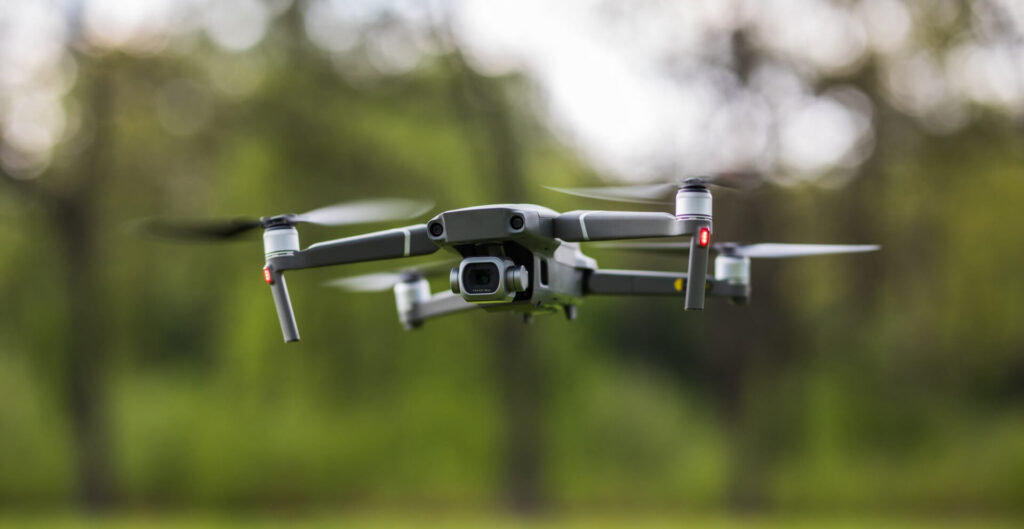
Drones, also known as unmanned aerial vehicles (UAVs), have evolved from niche gadgets to indispensable tools across multiple industries. Their advancements in technology, from enhanced sensors to autonomous capabilities, have revolutionized the way businesses operate. Here, we explore the significant strides in drone technology and their profound impact on various sectors.
1. Agricultural Revolution
Precision Agriculture: Modern drones equipped with multispectral and hyperspectral sensors provide detailed aerial imagery. Farmers can monitor crop health, soil conditions, and irrigation needs with unprecedented precision. This leads to optimized use of resources, reduced costs, and increased yields.
Crop Spraying: Autonomous drones can now carry and distribute fertilizers, pesticides, and herbicides with high accuracy, minimizing waste and environmental impact. Their ability to cover large areas quickly and uniformly ensures that crops receive the exact amount of treatment needed.
2. Construction and Infrastructure
Site Surveying and Mapping: Drones equipped with LiDAR and photogrammetry technology create high-resolution 3D maps and models of construction sites. This accelerates the surveying process and provides detailed data for planning and monitoring progress.
Inspection and Maintenance: Drones can inspect hard-to-reach areas of structures such as bridges, towers, and pipelines, capturing high-definition images and videos. This reduces the need for manual inspections, enhances safety, and allows for timely maintenance.
3. Environmental Conservation
Wildlife Monitoring: Conservationists use drones to monitor wildlife populations and track endangered species without disturbing their natural habitats. Drones provide real-time data, aiding in the development of effective conservation strategies.
Environmental Monitoring: Drones collect data on air and water quality, deforestation, and natural disasters. Their ability to access remote areas makes them invaluable for monitoring environmental changes and responding to ecological crises.
4. Public Safety and Disaster Response
Search and Rescue: Drones equipped with thermal cameras and GPS technology assist in search and rescue operations. They can cover large areas quickly, locate missing persons, and deliver essential supplies in disaster-stricken areas.
Firefighting: Aerial drones provide real-time data on wildfire spread and intensity, helping firefighters strategize and allocate resources effectively. They can also drop fire retardants in precise locations, aiding in fire suppression efforts.
5. Delivery and Logistics
Last-Mile Delivery: Companies like Amazon and UPS are developing drone delivery systems for transporting goods directly to consumers. Drones can navigate traffic-congested areas, reducing delivery times and costs, and enhancing customer satisfaction.
Inventory Management: In large warehouses, drones can scan and monitor inventory, track stock levels, and identify misplaced items. This automation increases efficiency and accuracy in supply chain management.
6. Media and Entertainment
Aerial Filming: Drones have transformed cinematography and sports broadcasting, providing dynamic aerial shots and unique perspectives. High-definition cameras and stabilization technology ensure smooth and stunning visuals.
Live Events: Drones are used to capture live events, such as concerts and festivals, offering viewers immersive experiences. They also assist in event security and crowd monitoring.
7. Urban Planning and Smart Cities
Infrastructure Development: Drones provide data for urban planning, helping in the design and development of infrastructure projects. They offer detailed maps and models, aiding in efficient land use and development strategies.
Traffic Management: Real-time traffic monitoring by drones helps in managing congestion and planning new transportation routes. They provide data that cities use to enhance traffic flow and reduce pollution.


